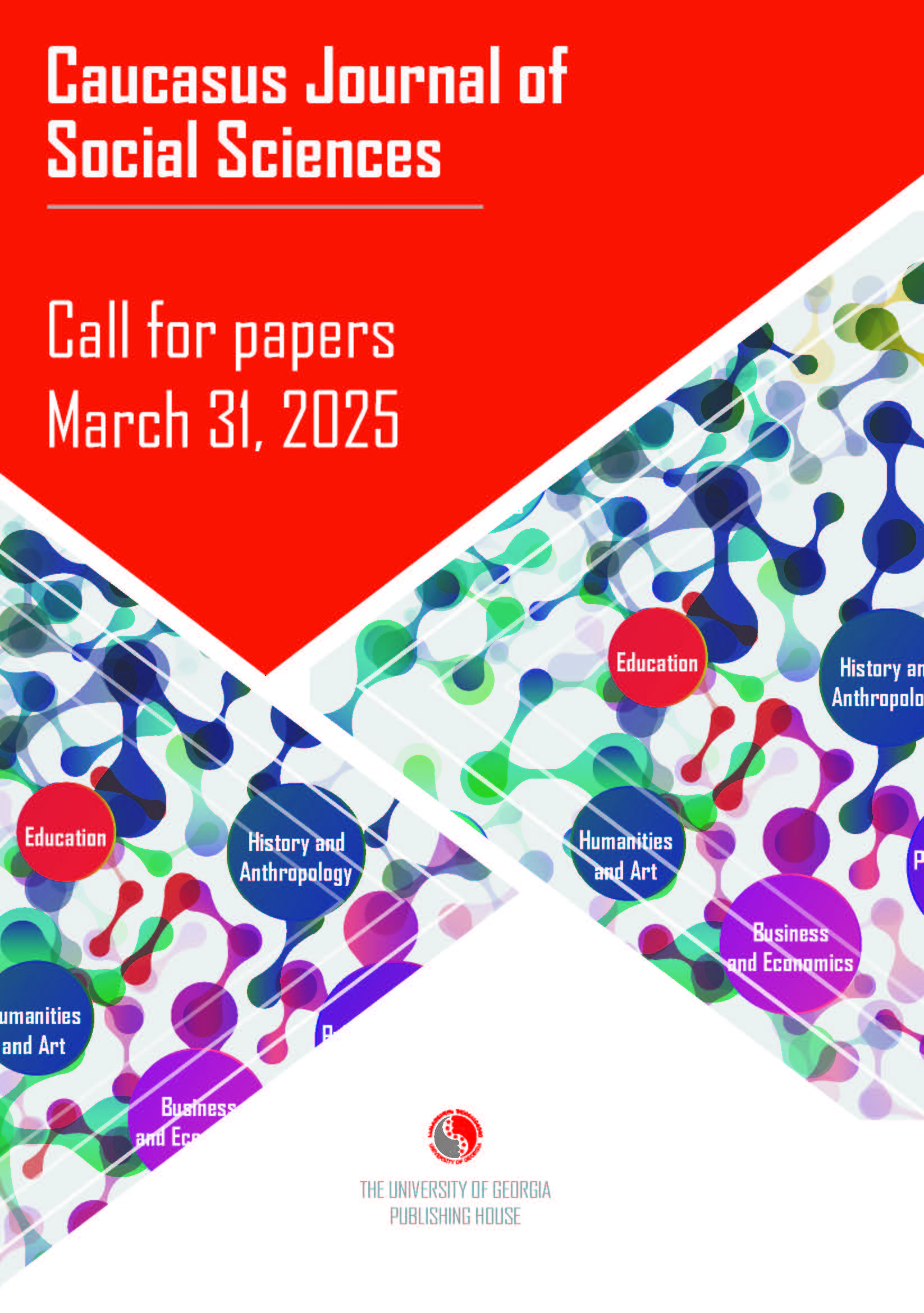Forecasting Georgia Economic Growth 2020-2030
DOI:
https://doi.org/10.62343/cjss.2019.182Keywords:
economic growth, forecasting, GDP, inflation, macroeconomic, Republic of GeorgiaAbstract
Firms, households, government agencies, and non-government organizations rely on forecasts when making decisions regarding the allocation of scarce resources. This paper develops evidence-based forecasts for key macroeconomic variables for the Republic of Georgia. Sources of data include the International Monetary Fund’s World Economic Outlook, The World Bank, and others. We use, primarily, exponential smoothing models generated by the statistical application Forecast Pro 100 to generate forecasts with 95 percent confidence limits. Finally, recognizing the high degree of uncertainty associated with long-term forecasting, we include scenarios to generate high, middle, and low values for the key variables. Our analysis shows population, a key economic resource, to be declining, along with the labor force participation rate, after a considerable rise. Gross fixed capital formation appears to be rising, while total reserves (including gold) is holding steady. With real GDP rising at an average rate of about five percent over the past decade, our forecast shows GDP continuing to increase over the next decade, along with GDP per capita, indicating a rising level of general wellbeing. Georgia’s inflation rate is low, and there is no credible evidence that the rate of inflation will accelerate in the coming years. We develop three scenarios for economic growth for Georgia for the period 2020-2030. All three scenarios – low, medium, and high–show continued healthy growth.
Downloads
Published
How to Cite
Issue
Section
License
Copyright (c) 2023 Edward R. Raupp

This work is licensed under a Creative Commons Attribution 4.0 International License.
In case an article is accepted for publication it is allowed to combine the article with other research, to conduct new research on the article, or to make different arrangements on condition that the same license is used including commercial purposes.
As an author of an article published in the Caucasus Journal of Social Sciences, you retain the copyright of your article and you are free to reproduce and disseminate your work.











